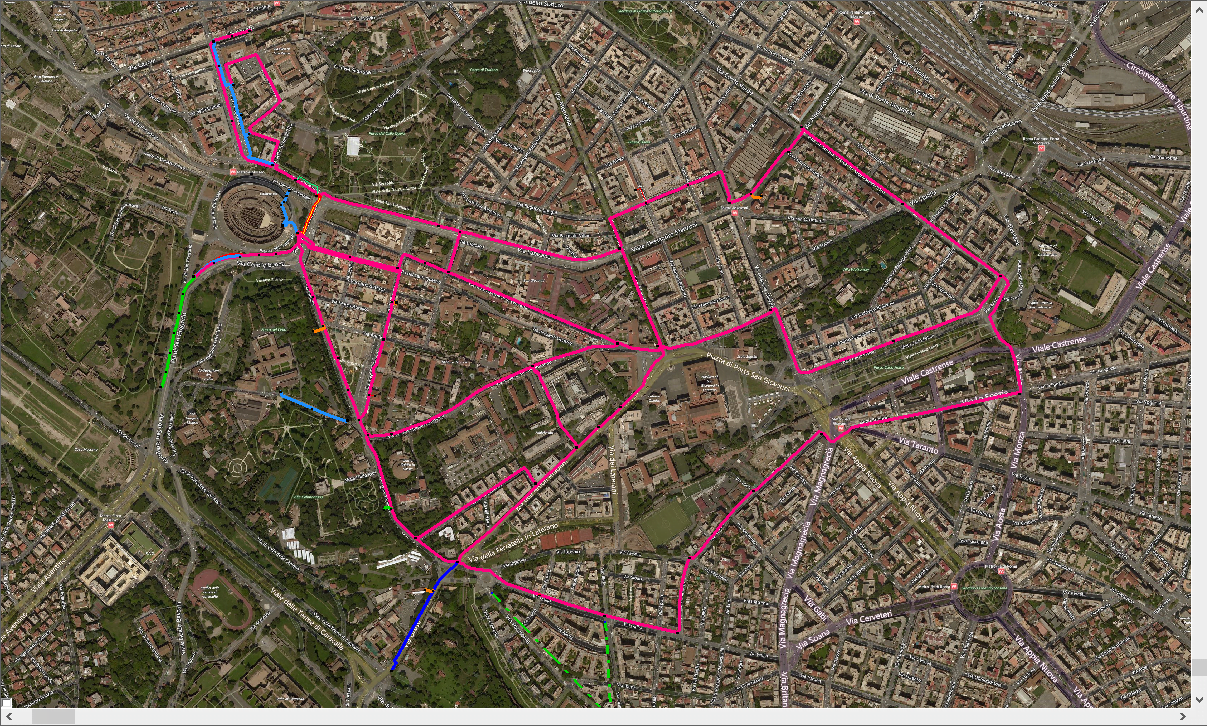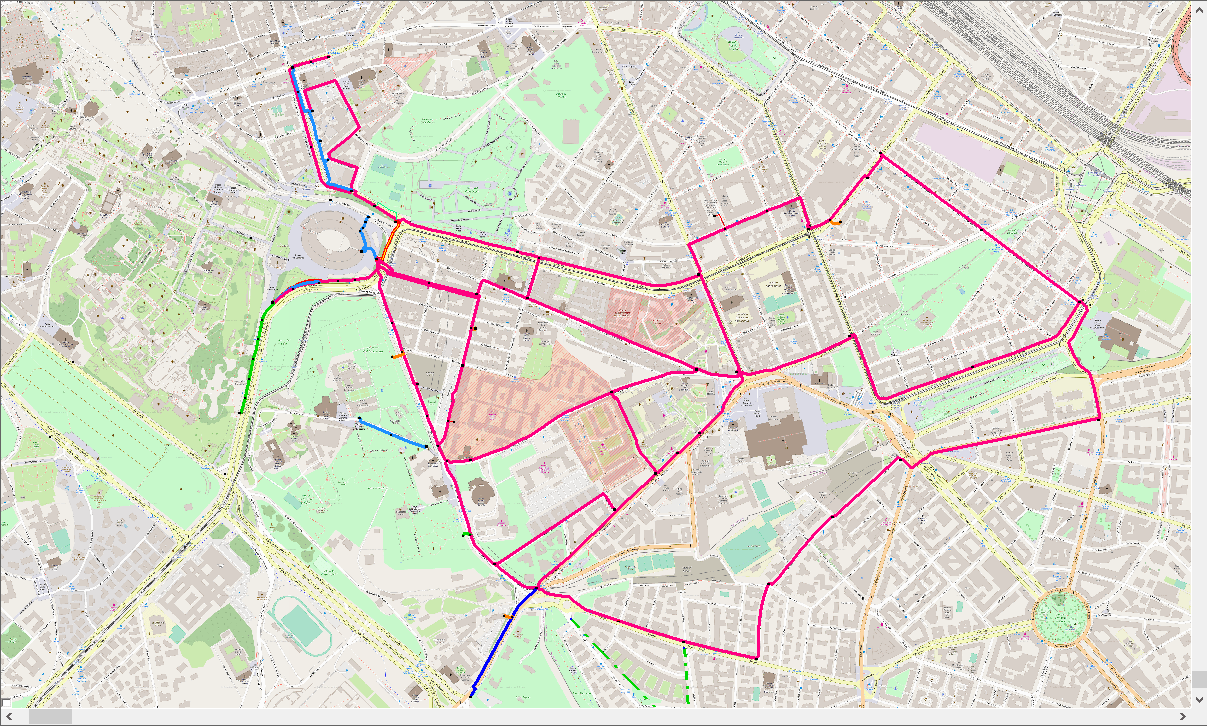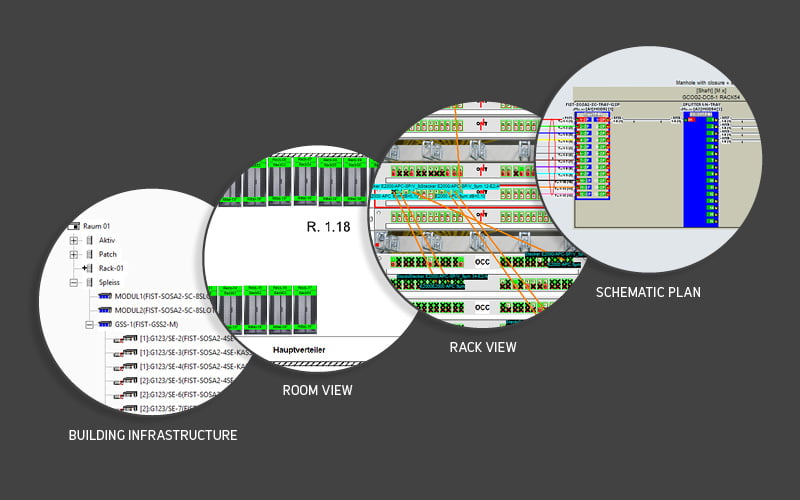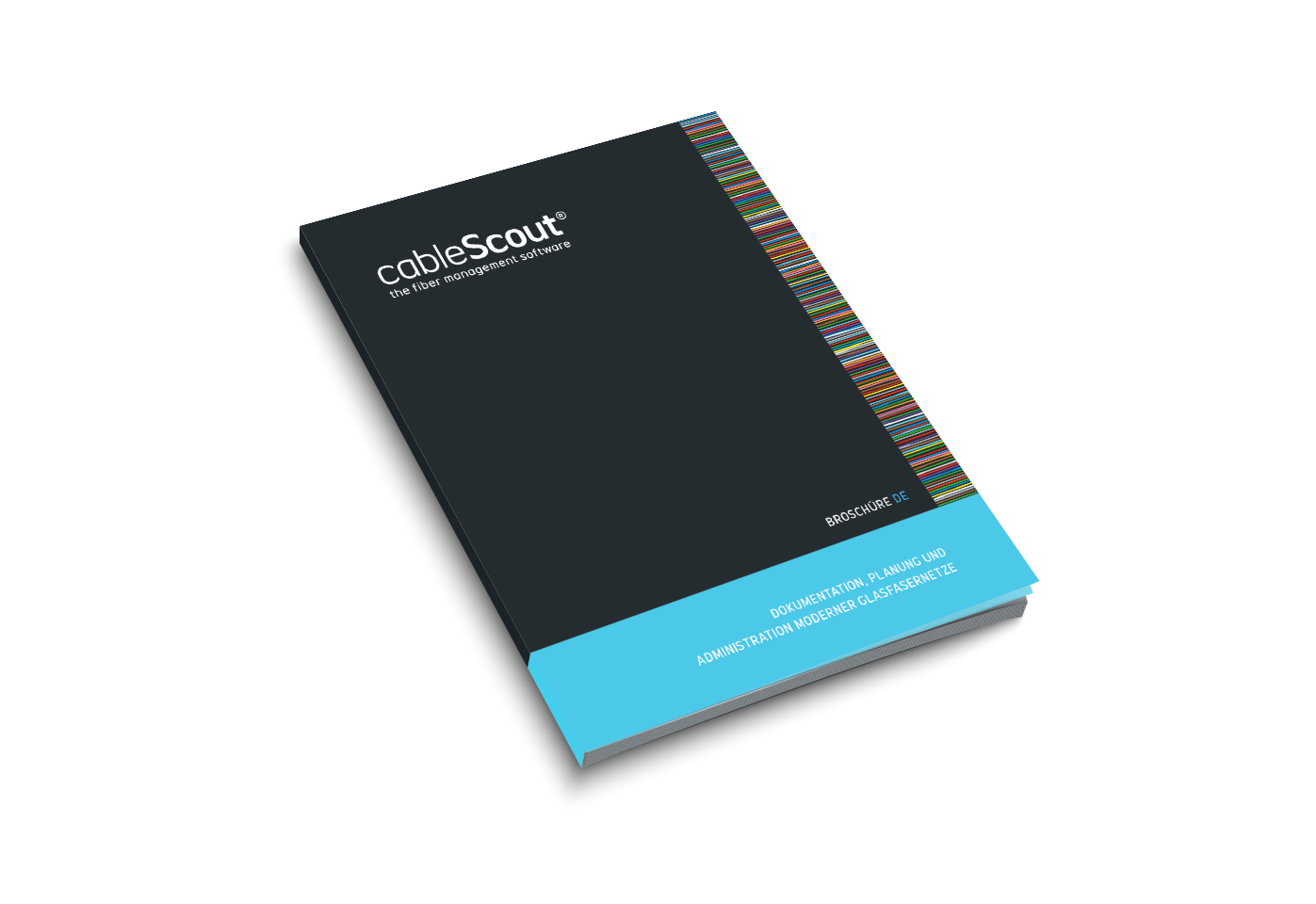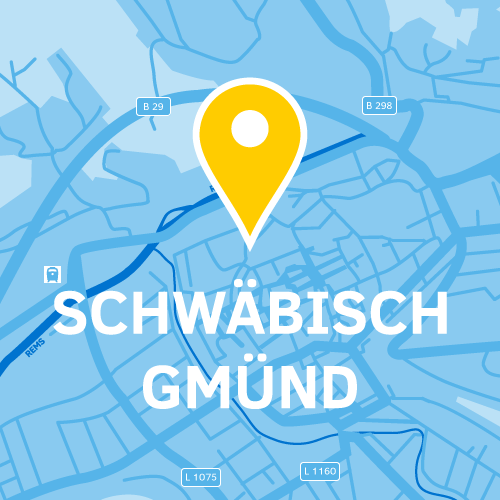Documentation
cableScout® documents all network levels of a telecommunications network easily and seamlessly. The documentation of the physical and logical network structure can drill down to any depth and include buildings, trenches, ducts, micro-ducts, manholes, cables, sleeves, racks, active and passive components, connections, fibres/wires, signals and subscriber connections.
Each of these elements built into the network can be retrieved from the libraries or quickly created there when required. Using the component generator even very complex equipment such as a multiplexer can be created easily.
The system is also able to store buildings, duct systems and populated racks as templates which creates a certain amount of standardisation for the entire network. In addition to the manual installation, these templates can also be used for mass capture or change of objects
The network documentation places great emphasis on the correct positioning, scale and realistic representation of the objects. This is also obtained both through a position-related object display and also through the hierarchical mapping of object relationships such as cable> micro-duct > duct > trench or even building > floor > room > rack > components > ports.
As well as the most important standard attributes, customer-specific attributes, files and connections are assigned to each object. For example, this means that in addition to wavelength and signals, status, ownership relationships, measurement logs, contracts and much more can be stored for each individual fibre in the cable.
cableScout® operates actively with the stored attributes and uses these for route or duct route searches and for the calculation of length and attenuation values of installed cables. If something were to change on the attributes, then all the objects affected are automatically adjusted or recalculated accordingly.
The simplified and most importantly up-to-date cableScout® documentation of the entire fibre optic infrastructure serves as a central information base for the daily recurring tasks, thereby supporting smooth operations and the optimised use of existing resources.

